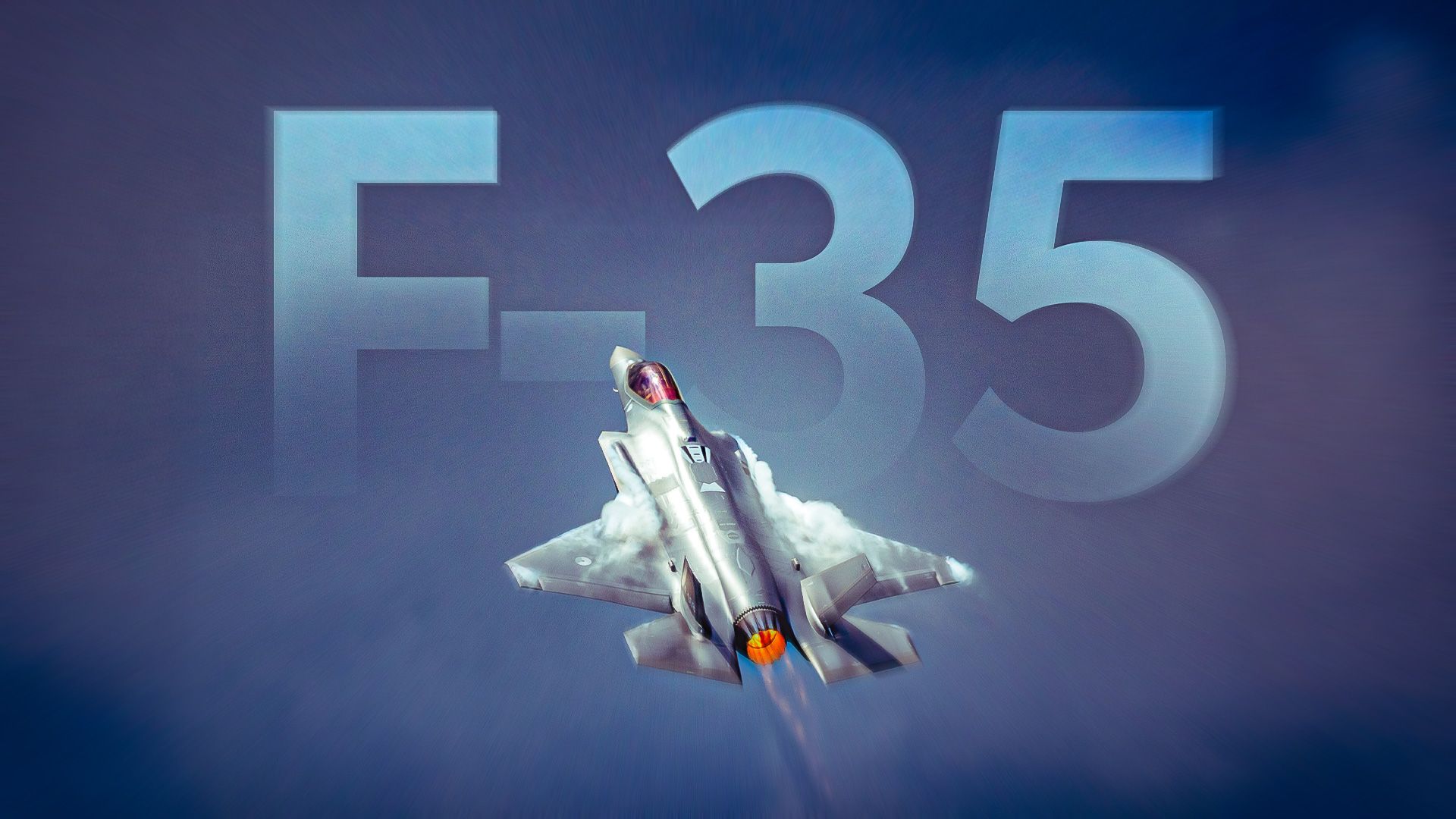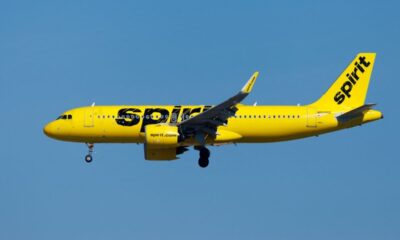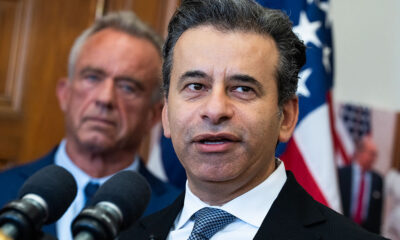World
F-35 Program Expands Globally, Italy to Launch Training School

The global landscape of military aviation is shifting as the F-35 Lightning II program expands, with key players like the United States, Japan, the United Kingdom, Australia, and Italy leading the way. These nations, along with 20 others, have ordered or are currently operating the fifth-generation fighter jet, collectively planning to deploy around 3,000 airframes across different variants. The United States remains the dominant force, controlling nearly two-thirds of the global F-35 fleet, but partner nations are increasingly enhancing their capabilities to bolster collective defense.
The F-35 program, which began in 2001, has evolved into the largest defense initiative in U.S. history. Manufactured primarily in Fort Worth, Texas, the F-35 also sees final assembly in partner countries, notably at facilities in Cameri, Italy, and Nagoya, Japan. The proliferation of this stealth fighter has significantly altered the dynamics of air power in the 21st century.
Italy’s Strategic Role in the F-35 Program
Italy plays a crucial role in the F-35 ecosystem, particularly as it is an integral part of the Eurofighter Typhoon production chain. As a partner from the outset, Italy’s aerospace company Leonardo collaborates with Lockheed Martin to operate the European assembly line at Cameri Air Base. This facility is responsible for building wings for the global fleet, assembling Italian airframes, and maintaining aircraft for other European users.
On July 2, 2025, during a ceremony in Sardinia, Italian Defense Minister Guido Crosetto announced plans to establish the first F-35 pilot training school outside the United States. This facility, to be located in Sicily, underscores Italy’s commitment to its role in the F-35 program. Crosetto emphasized the importance of defense as a catalyst for social, economic, and technological innovation.
Italy’s commitment includes a planned acquisition of 60 F-35As and 30 F-35Bs. Following successful sea trials in 2019, the Italian military agreed to procure the aircraft, which showcased the capabilities of the F-35B on the short-deck carrier Cavour. Units from Amendola and Ghedi Air Bases have already participated in international exercises, enhancing operational readiness.
Australia and the United Kingdom Expand Their Fleets
Australia’s Royal Australian Air Force (RAAF) views the F-35 as a cornerstone of its defense strategy, prioritizing long-range intelligence, surveillance, and reconnaissance capabilities. The RAAF has procured 100 F-35As, recognizing the need to maintain a modern air force following the retirement of older aircraft. The F-35’s advanced stealth features and sensor integration capabilities enable it to operate effectively across the vast Indo-Pacific region.
In a significant display of international cooperation, the RAAF participated in Exercise Bushido Guardian 25 alongside the Japan Air Self-Defense Force (JASDF) and the United States Air Force (USAF), deploying eight F-35A fighters. This exercise highlighted the collaborative efforts among these nations to enhance interoperability and strengthen defense ties.
The United Kingdom, with its fleet of 138 F-35Bs, is also expanding its capabilities. The Royal Air Force (RAF) and Royal Navy are in discussions to replace retiring Eurofighter Typhoons with additional F-35As. As a key player in the F-35 supply chain, BAE Systems manufactures 15% of each airframe and operates maintenance facilities that support both British and European fleets.
Despite advancements, challenges remain. The UK experienced operational issues, including an emergency landing of an F-35B in southern India and another incident in Japan, which have raised concerns about the aircraft’s reliability.
Japan’s adoption of the F-35 reflects a strategic response to regional security threats, particularly from China. The Japanese government has ordered 105 F-35As and 42 F-35Bs, aiming to enhance its air defense capabilities against an increasingly assertive Chinese military. The Japan Air Self-Defense Force has established new squadrons at Misawa and Hyakuri to operate these advanced fighters.
The F-35 program continues to be a focal point for military modernization. However, it faces challenges in its development cycle. The ongoing Block 4 modernization effort has encountered significant delays, with completion now expected no earlier than 2031. The program is over budget by at least $6 billion, prompting the Pentagon to reduce the scope of updates to ensure more manageable implementation.
As nations enhance their air capabilities through the F-35 program, the geopolitical landscape remains dynamic. The collaboration among these countries signifies a collective commitment to maintaining a robust, interoperable defense posture against emerging threats.
-

 Science2 weeks ago
Science2 weeks agoResearchers Challenge 200-Year-Old Physics Principle with Atomic Engines
-

 Politics2 weeks ago
Politics2 weeks agoNHP Foundation Secures Land for 158 Affordable Apartments in Denver
-

 World6 days ago
World6 days agoBoeing’s Aircraft Production: Assessing Numbers and Challenges
-

 Entertainment5 days ago
Entertainment5 days agoSyracuse Stage Delivers Lively Adaptation of ‘The 39 Steps’
-

 Health2 weeks ago
Health2 weeks agoNeuroscientist Advocates for Flag Football Until Age 14
-

 Lifestyle2 weeks ago
Lifestyle2 weeks agoLongtime Friends Face Heartbreak After Loss and Isolation
-

 Lifestyle4 days ago
Lifestyle4 days agoTrump’s Push to Censor National Parks Faces Growing Backlash
-

 World2 weeks ago
World2 weeks agoGlobal Military Spending: Air Forces Ranked by Budget and Capability
-

 Lifestyle5 days ago
Lifestyle5 days agoRed Bluff High School’s Elli Nolan Named Rotary Student of the Month
-

 Science5 days ago
Science5 days agoAI Misidentifies Doritos Bag as Gun, Triggers Police Response
-

 Business2 weeks ago
Business2 weeks agoSpirit Airlines Cuts Workforce with Furloughs for 365 Pilots
-

 Health2 weeks ago
Health2 weeks agoFDA Launches Fast-Track Review for Nine Innovative Therapies









